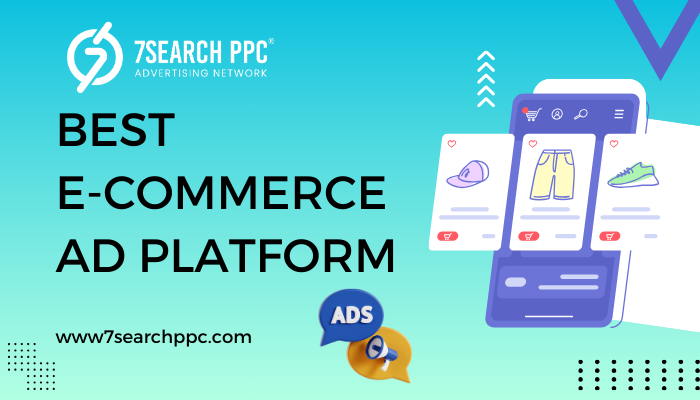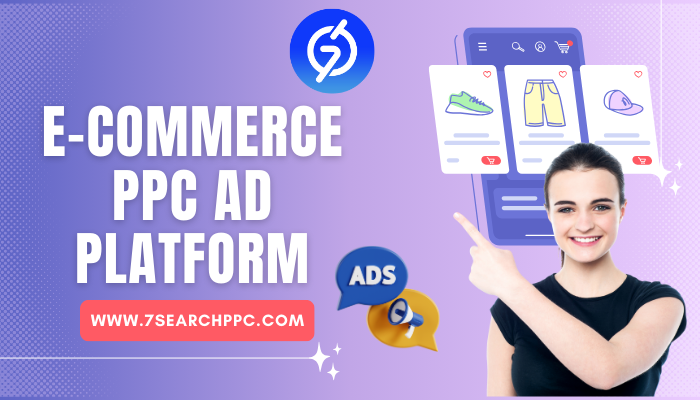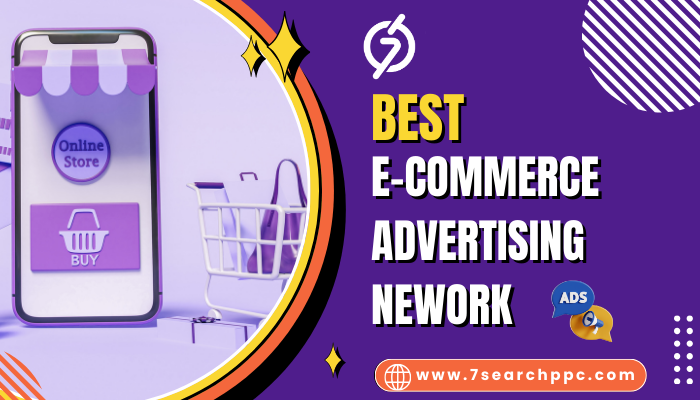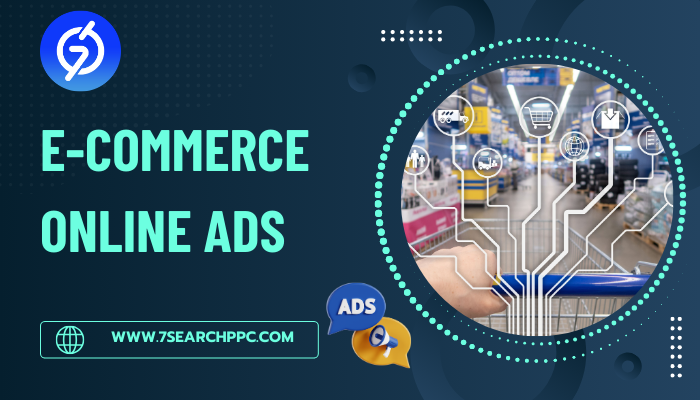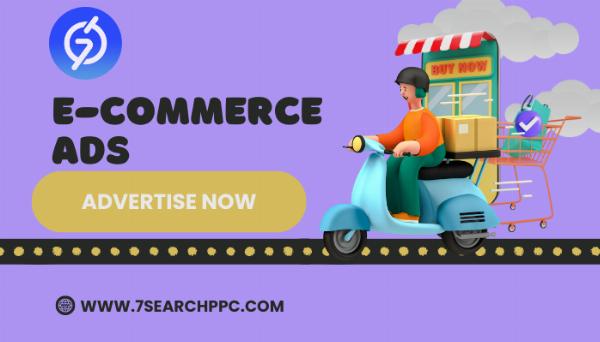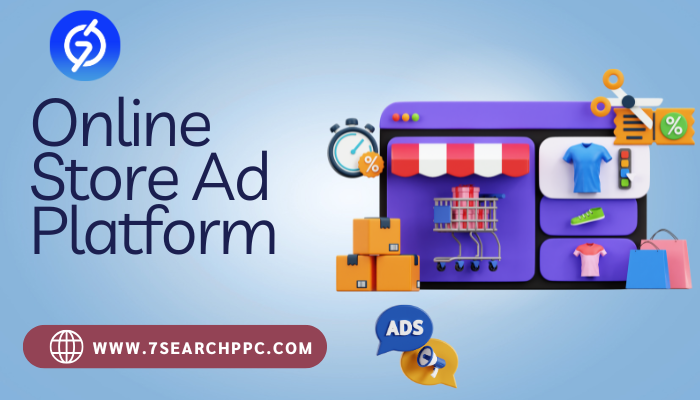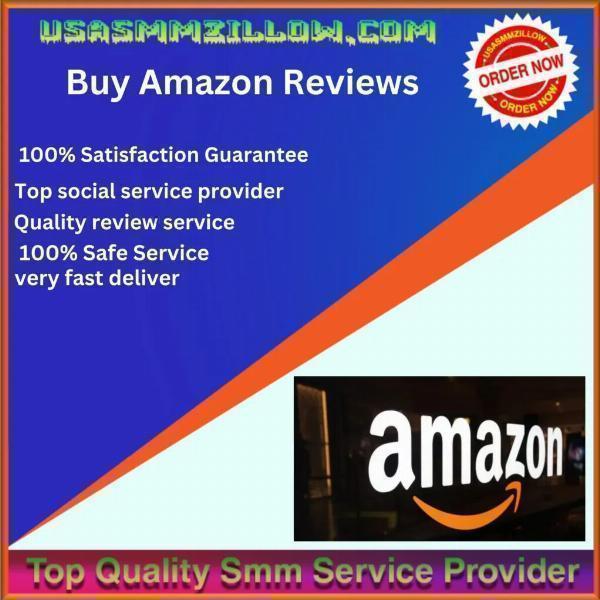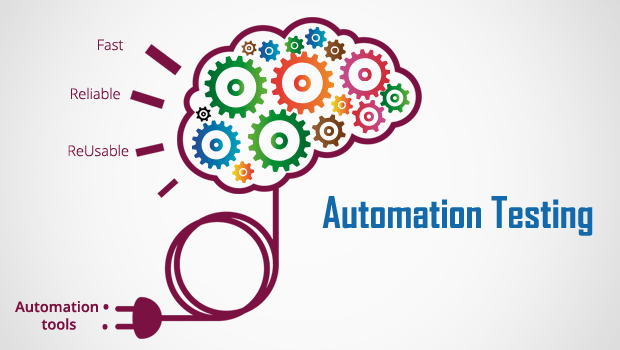In the bustling world of online retail, standing out from the crowd can be a challenge. Imagine opening a new store in a crowded mall. How would you attract the attention of shoppers amidst the sea of competing stores? This is where E-Commerce PPC (Pay-Per-Click) advertising comes into play. E-Commerce PPC offers a powerful way to drive targeted traffic to your online store, ensuring that your ads reach potential customers who are actively searching for products like yours.
What is E-Commerce PPC?
E-Commerce PPC is a type of online advertising where advertisers pay a fee each time their ad is clicked. These ads appear on search engines, social media platforms, and other websites, making them a crucial tool for driving traffic to an online store. The goal is to attract potential customers who are searching for specific products or services, thereby increasing the chances of conversion.
Why E-Commerce PPC is Important
For online retailers, E-Commerce PPC provides several benefits. It offers immediate visibility, allowing your ads to appear prominently in search engine results and on various websites. This visibility can translate into increased website traffic, higher conversion rates, and ultimately, more sales. Moreover, PPC allows for precise targeting, ensuring that your ads are seen by individuals who are most likely to be interested in your products.
Understanding Online Store Advertising
Key Components of Online Store Advertising
Online store advertising encompasses various strategies and components designed to drive traffic and generate sales. These components include keyword targeting, ad copy, ad design, and audience targeting. By understanding and optimizing these elements, you can create effective ads that resonate with your target audience.
Types of Online Store Ads
There are several types of ads you can use to promote your online store. These include:
Search Ads: These ads appear on search engine results pages (SERPs) when users search for specific keywords.
Display Ads: These are visual ads that appear on websites within the Google Display Network or other ad networks.
Social Media Ads: Ads displayed on social media platforms like Facebook, Instagram, and Twitter.
Shopping Ads: Ads that feature product images, prices, and store names, appearing directly in search results.
Choosing the Best Ad Network for E-Commerce
Criteria for Selecting the Best Ad Network
Choosing the right ad network is crucial for the success of your E-Commerce PPC campaign. Key criteria to consider include:
Targeting Options: The ad network should offer robust targeting features to ensure your ads reach the right audience.
Cost: Evaluate the cost-per-click (CPC) and overall cost-effectiveness of the ad network.
Ad Formats: The network should support various ad formats that align with your advertising goals.
Performance Tracking: Look for networks that provide comprehensive analytics and performance tracking tools.
Top E-Commerce Ad Networks
Some of the best ad networks for e-commerce include:
7Search PPC: A premium online E-Commerce advertising platform that helps you reach your marketing and revenue goals.
Google Ads: Known for its extensive reach and detailed targeting options.
Facebook Ads: Offers advanced targeting based on user behavior and demographics.
Instagram Ads: Ideal for visually appealing ads and engaging with younger audiences.
Amazon Advertising: Targets shoppers who are already interested in purchasing products online.
Creating Effective E-Commerce Ad Campaigns
Before launching your ad campaign, it’s essential to set clear objectives. These objectives might include increasing website traffic, boosting product sales, or enhancing brand awareness. Defining these goals will guide your campaign strategy and help measure its success.
Crafting Your Ad Copy and Visuals
Writing Compelling Ad Copy
Your ad copy should be concise, engaging, and tailored to your target audience. Highlight the unique selling points of your products and include a strong call-to-action (CTA) to encourage users to click on your ad.
Designing Engaging Ad Visuals
Effective ad visuals are crucial for grabbing attention. Use high-quality images that showcase your products in an appealing way. Ensure that your visuals align with your brand’s aesthetic and message.
Targeting Your Audience
Accurate audience targeting ensures that your ads are seen by individuals who are most likely to be interested in your products. Utilize demographic targeting, interest-based targeting, and behavioral targeting to reach your ideal customers.
Running and Monitoring Your Ad Campaign
Once your ad campaign is set up, it’s time to launch. Ensure that all elements are in place, including ad copy, visuals, and targeting settings. Monitor the campaign closely during the initial launch period to identify any immediate issues or adjustments needed.
Tracking Performance Metrics
Key Metrics to Monitor
To evaluate the success of your E-Commerce PPC campaign, track key metrics such as click-through rate (CTR), conversion rate, cost per click (CPC), and return on ad spend (ROAS). These metrics provide insights into how well your ads are performing and where improvements may be needed.
Adjusting Your Strategy Based on Metrics
Regularly review your performance metrics and make adjustments as needed. For instance, if a particular ad is underperforming, consider revising the ad copy or targeting options. Continuous optimization is key to maximizing the effectiveness of your PPC campaigns.
Advanced Strategies for E-Commerce PPC
Utilizing Retargeting Ads
Retargeting ads are designed to reach users who have previously interacted with your website but did not make a purchase. By showing ads to these users, you can encourage them to return and complete their purchase.
Experimenting with Different Ad Formats
Don’t be afraid to experiment with different ad formats to see what works best for your audience. For example, try video ads, carousel ads, or interactive ads to engage users in new ways.
Case Study: Success Stories in E-Commerce PPC
Consider a hypothetical scenario where an online fashion retailer implemented a targeted PPC campaign using Google Ads. By carefully selecting keywords, crafting compelling ad copy, and utilizing retargeting ads, the retailer saw a significant increase in website traffic and sales. This example highlights the potential success of well-executed E-Commerce ad campaigns.
Conclusion
E-Commerce PPC is a powerful tool for driving traffic and increasing sales for online stores. By understanding the key components of online store advertising, choosing the best ad network, and creating effective ad campaigns, you can achieve your advertising goals and boost your online store’s performance. Remember to continuously monitor and optimize your campaigns to ensure ongoing success.
FAQs
What is the difference between PPC and SEO?
Ans. PPC (Pay-Per-Click) is an advertising model where advertisers pay each time their ad is clicked, providing immediate visibility. SEO (Search Engine Optimization) focuses on improving organic search rankings through content optimization and other techniques, which can take longer to yield results.
How do I choose the right ad network for my online store?
Ans. Select an ad network based on targeting options, cost-effectiveness, ad formats, and performance tracking capabilities. Consider networks like 7Search PPC, Google Ads, Facebook Ads, Instagram Ads, and Amazon Advertising based on your specific needs.
What are the common mistakes in E-Commerce PPC?
Ans. Common mistakes include poor keyword selection, ineffective ad copy, inadequate targeting, and failing to monitor and optimize campaigns. Avoid these pitfalls by thoroughly researching and testing your ads.
How can I optimize my ad copy for better results?
Ans. To optimize your ad copy, ensure it is clear, engaging, and includes a strong CTA. Highlight the unique benefits of your products and tailor your messaging to resonate with your target audience.

